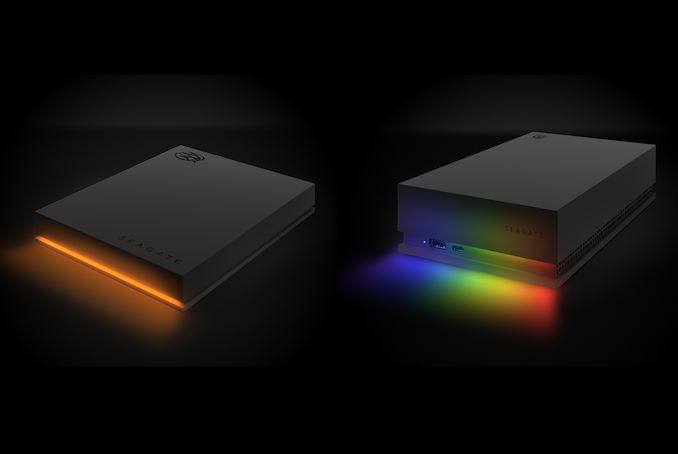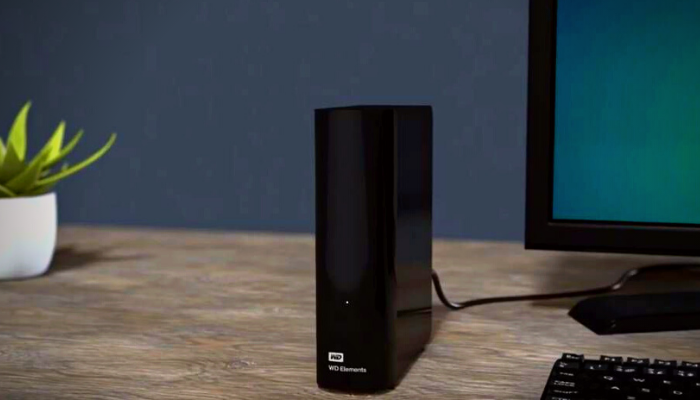This content is inscribed to let the people find out the best Hard Drive For Gaming in 2022. It’s easy to underestimate hard drives once it pertains to Console gaming but they’re not as flashy as other components but are much more adaptable. Nonetheless, they are amongst the most critical factors to consider. The amount of storage you have determines how much more of your favorite games as well as media you may have at any given time, and indeed the performance of that storage determines how quickly it loads.
We’ll go over everything you could want to know regarding storage devices inside this article and work with you to find the finest HDD for gaming. (At the very least, the best alternative for you.) Stay tuned as we go from everything from cheap Storage devices to SSHDs.
How To Buy The Best Hard Drive For Gaming?
If you’re unfamiliar with Physical devices or Gaming consoles in general, this guide may leave you feeling just that little lost. Do not however worry, we’re on here just to address questions you may have had while looking for the best capacity for your gaming PC, whether in this section or perhaps in the comment below.
Game Dimensions and Storage Capabilities on the Average
First and foremost, to keep things in context, let’s talk about overall average sizes.
On its own, a typical AAA real game will indeed be between 25 and 50 GB. Some may go even higher, but so few, whether any, ever exceed 100 GB. Let’s take a conservative estimate and suppose you might fit two current games in a 100 GB hard drive.
This works out to roughly 30 games per terabyte of storage… assuming all of someone’s tournaments are AAA and 3D. Lower-budget indie games, particularly 2D games, and again last and older AAA games, will actually take far less space. To be honest, 30 games per terabyte is more of the deadliest circumstance than that of an average, but if you really can purchase that so many videogames, to begin with, anyone can afford a larger disk drive.
We’ll go over the different transmission sizes as well as what they’re excellent for in the section below.
500GB
This equates to about 30 wins per terabyte of storage, assuming everyone’s championships are AAA and 3D. Relatively low independent games, specifically 2D games, and outdated AAA games, on the other hand, will occupy significantly less space. To be truthful, 30 games per terabyte is much more of a worst-case scenario than the norm, but anyone can buy a larger disk drive if they can afford that many videogames, to begin with.
In the section below, we’ll go through the various transmission sizes or what they’re good for.
2TB (2000GB)
That’s just another popular hard disk size, and it’s usually wherever you have the most bang for your dollars. Even if you just play recent games and purchase products on a constant schedule, filling a system of just this magnitude to capacity will take a long time… But if you’re doing another lot of video capturing or downloading media
3TB (3000GB) or higher
This is at the top of something like the hard drive market, and hard disk drives are much larger whereas this is uncommon. (At least, not within the age of the customer– middleware hard drives are special, which can be much larger.)
If your plan on keeping your desktop Laptop for a long period of time and also don’t plan on updating it anytime in the near future, a storage capacity of 3 TB per day is a wonderful way to ensure that memory is the very last thing on your mind.

What are SSHDs?
Semiconductor devises Hybrid Drives, or SSHDs, are a cross combining portable hard drives (SSDs) as well as hard disc drives (HDDs) (HDDs). They’re mostly HDDs, but they include modest SSD caches built-in for better accessibility to quite often material and an overall speed gain. (SSDs are also the subject of a separate article, but they are significantly quicker than any HDD… and also more premium.)
For even the most, this won’t have had the same effect as a true SSD, and this will increase the cost of the primarily HDD. This is definitely your best bet if you really want to establish a midway distance between two standards.
The Importance of Configurations
We’ll go over typical form factors, what they’re interoperable with, and any constraints they may have in this part.
2.5-Inch Hard Disk Drives
2.5-inch hard drives are much thinner than 3.5-inch storage devices and are often typically found in notebooks and gaming consoles. Retractable hard discs are indeed commonly made with 2.5-inch drives. 2.5-inch containers are frequently utilized for SATA SSDs in addition to Hard disks.
The negative of 2.5-inch files is that they have a lower RPM. 2.5-inch devices can just attain 5400 RPM for physical constraints associated with compact storage devices, as contrasted to the desktops benchmark of 7200 RPM. Later on, we’ll go into the differences this creates.
3.5-Inch Hard Disk Drives
3.5-inch discs are the most common hard drive size found in desktop computers. They’re a lot taller and wider than 2.5-inch disks, but they can spin up to 7200 RPMs. Even outside commercial disk disks, some commercial hard disks can sustain even faster RPMs, but SSDs are increasingly replacing them.
RPM and Cache
RPM stands for Rotations Per Minute and thus is strongly related to reading/write speed. Whenever viewing, creating, transferring, or disk fragmentation, the greater your Rotational speed, the fast your drive will perform.
RPM: 5400
.5-inch drives with a rotational speed of 5400 RPM are the most prevalent. As previously said, these are commonly found in controllers and laptops, but you still know that they have performance degradation.
But for 2.5-inch storage users, the arrival of SSHDs (such as the FireCuda mentioned earlier in this article) and SSDs has dramatically improved the speeds available on smaller devices.
7200 RPM
Comprehensive desktop disk arrays run at 7200 RPM. This is really the best option for any household hard disc since it allows the driver to achieve its maximal publish capability.
7200 RPM SSHDs will gain significantly more in terms of performance.
Cache
In simpler words, an HDD cache, also known as a disc buffer, stores data briefly while the hard disk literally transports it around.
You’ll be accepted as long as you have a normal cache size of 64 MB or above. On SSDs smaller than 2TB, reduced cache sizes are acceptable and expected. SSHDs have larger cache sizes to boost speed, even more, however, this value isn’t as important for normal 7200 RPM HDDs.
Also Check: How to Clone a Hard Drive?
Thank you for sticking with me until the top of this journey. Stay Tuned at Gimmickyard For more Stuff We upload for Clearing your Doubts.
